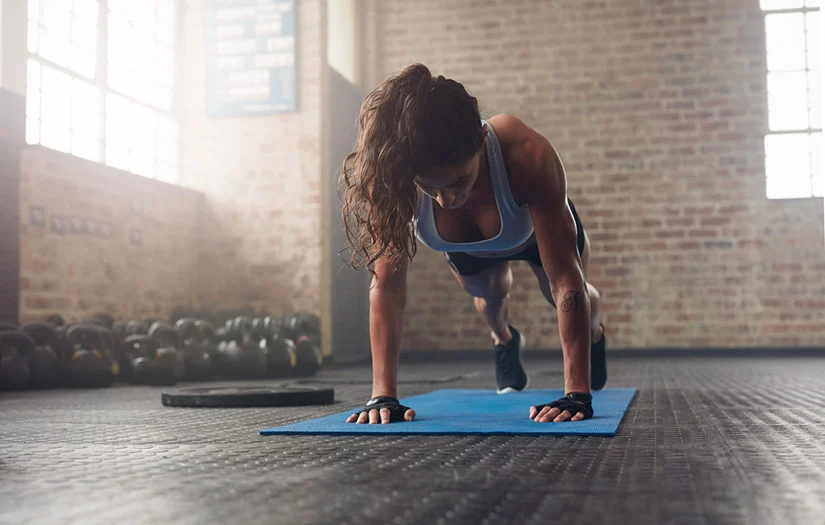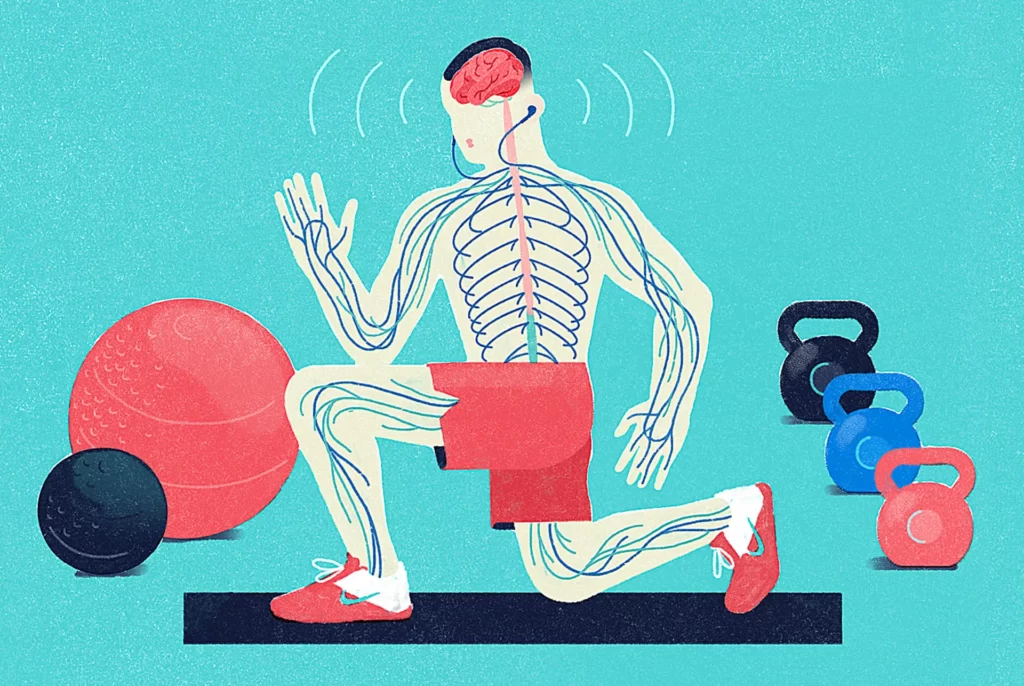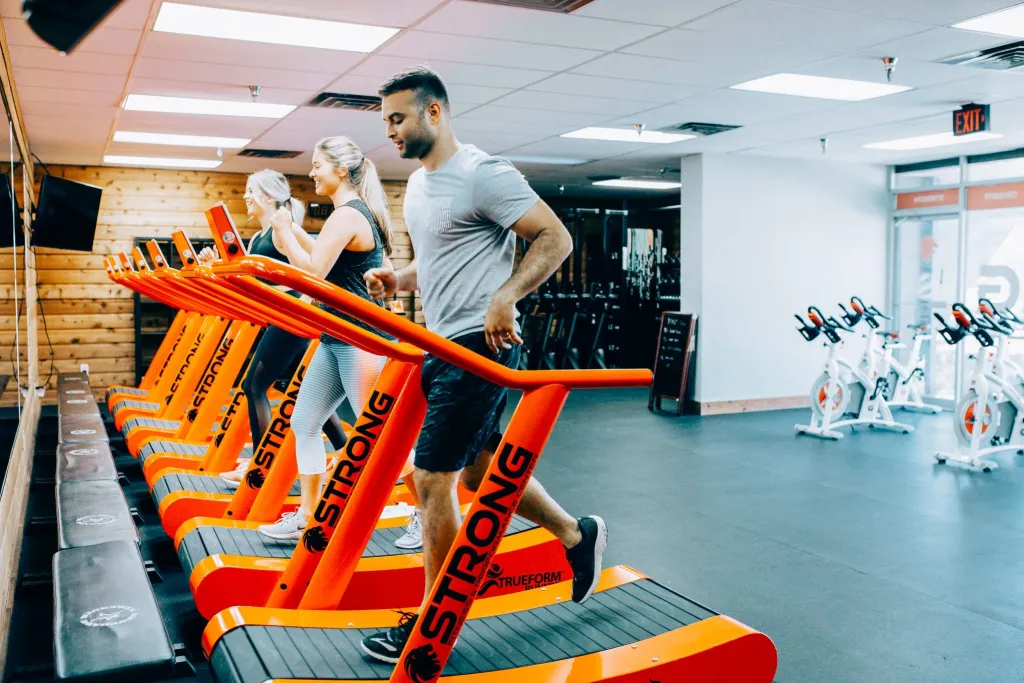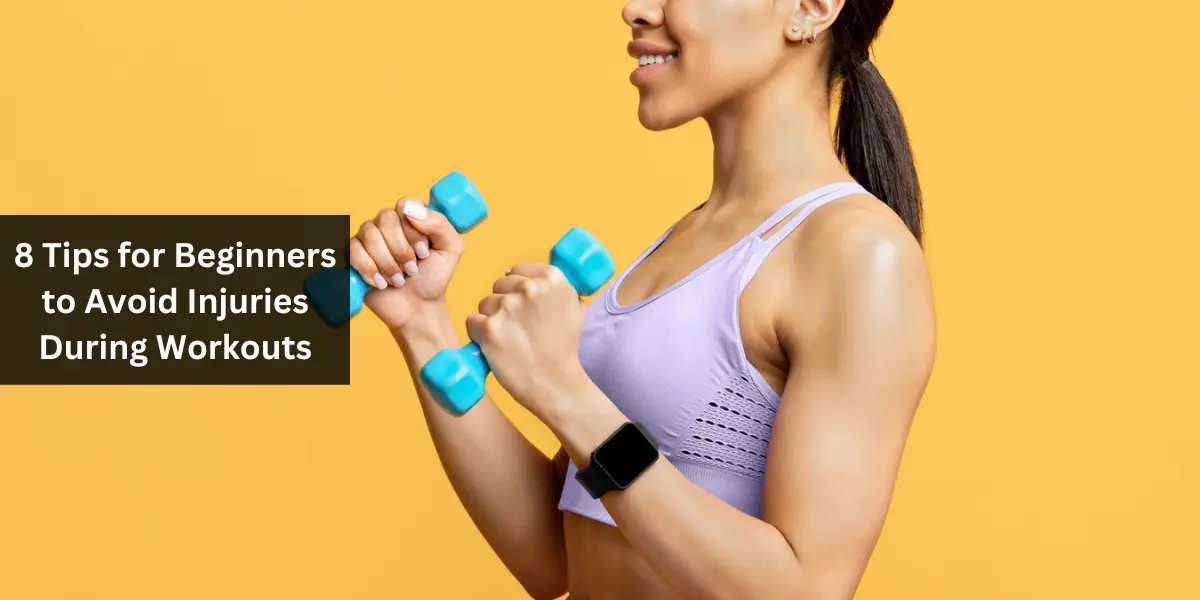Embarking on a fitness journey is an exhilarating experience, but it comes with its fair share of challenges, especially for beginners. One of the primary concerns is the risk of injuries during workouts. To ensure a safe and enjoyable fitness routine, here are eight practical tips that every fitness novice should consider.
Start Slow, Progress Gradually

Embarking on a fitness journey is like learning to ride a bike—you don’t start with a challenging trail. Begin with low-intensity workouts and gradually increase the difficulty. This allows your body to adapt to the new demands, reducing the risk of injuries associated with abrupt changes in activity levels.
Prioritize Warm-Up and Cool Down

Think of your muscles as a rubber band. Stretching them without proper preparation is like stretching a cold rubber band—it’s more prone to snap. Warm-up exercises increase blood flow to your muscles, making them more pliable and less susceptible to strains. Likewise, cooling down helps in preventing stiffness and promotes flexibility.
Master Proper Form and Technique

Executing exercises with improper form is a recipe for disaster. Take the time to learn the correct techniques for each exercise. Consider working with a fitness professional or using online resources to ensure that your form is on point. Proper form not only maximizes the effectiveness of your workout but also minimizes the risk of injuries.
Listen to Your Body Signals

Your body communicates its limits—listen to it. Pushing yourself is essential for progress, but pushing too hard can lead to injuries. If you feel persistent pain, not to be confused with the discomfort of a good workout, it’s crucial to take a step back and reassess. Ignoring warning signs may lead to long-term damage.
Mix Up Your Routine

Repetitive strain injuries often stem from doing the same exercises repeatedly. To avoid overuse injuries, diversify your workout routine. Incorporate a variety of exercises that target different muscle groups. This not only reduces the risk of injury but also keeps your workouts interesting and engaging.
Stay Hydrated and Well-Nourished

Dehydration can impair your performance and increase the likelihood of injuries. Ensure you drink an adequate amount of water before, during, and after your workout. Additionally, maintain a balanced diet that supports your fitness goals. Proper nutrition provides your body with the energy it needs to perform optimally and recover effectively.
Invest in Quality Footwear and Gear

The right equipment can make a significant difference in preventing injuries. Invest in proper footwear that supports your feet and cushions the impact of your workouts. Ill-fitting shoes can lead to a range of problems, from blisters to joint pain. Don’t forget to replace worn-out shoes to maintain their effectiveness.
Allow for Adequate Rest and Recovery

Rest is not a sign of weakness; it’s an essential component of a successful fitness journey. Overtraining can lead to fatigue, compromised immune function, and an increased risk of injuries. Listen to your body’s need for rest and incorporate recovery days into your routine. It’s during these periods that your body repairs and strengthens itself.
Conclusion:
Embarking on a fitness journey is a commendable endeavor, but safety should always be a top priority. By incorporating these eight tips into your routine, you’ll not only minimize the risk of injuries but also enhance the overall effectiveness and enjoyment of your workouts.
FAQs:
How long should a warm-up and cool down session be?
A warm-up should ideally last around 5-10 minutes, while a cool down can be effective in 5-15 minutes.
Can I skip rest days to progress faster?
No, rest days are crucial for recovery. Overtraining can lead to burnout and increase the risk of injuries.
Is it necessary to hire a personal trainer for proper form?
While it’s not mandatory, working with a professional ensures that you learn the correct form, reducing the risk of injuries.
Are there specific shoes for different types of workouts?
Yes, choosing footwear tailored to your workout type can significantly reduce the risk of injuries. Running shoes, for example, differ from those used for weightlifting.
How can I tell the difference between normal muscle soreness and an injury?
Normal soreness should dissipate within 48 hours, while persistent pain may indicate an injury. If in doubt, consult a healthcare professional.



